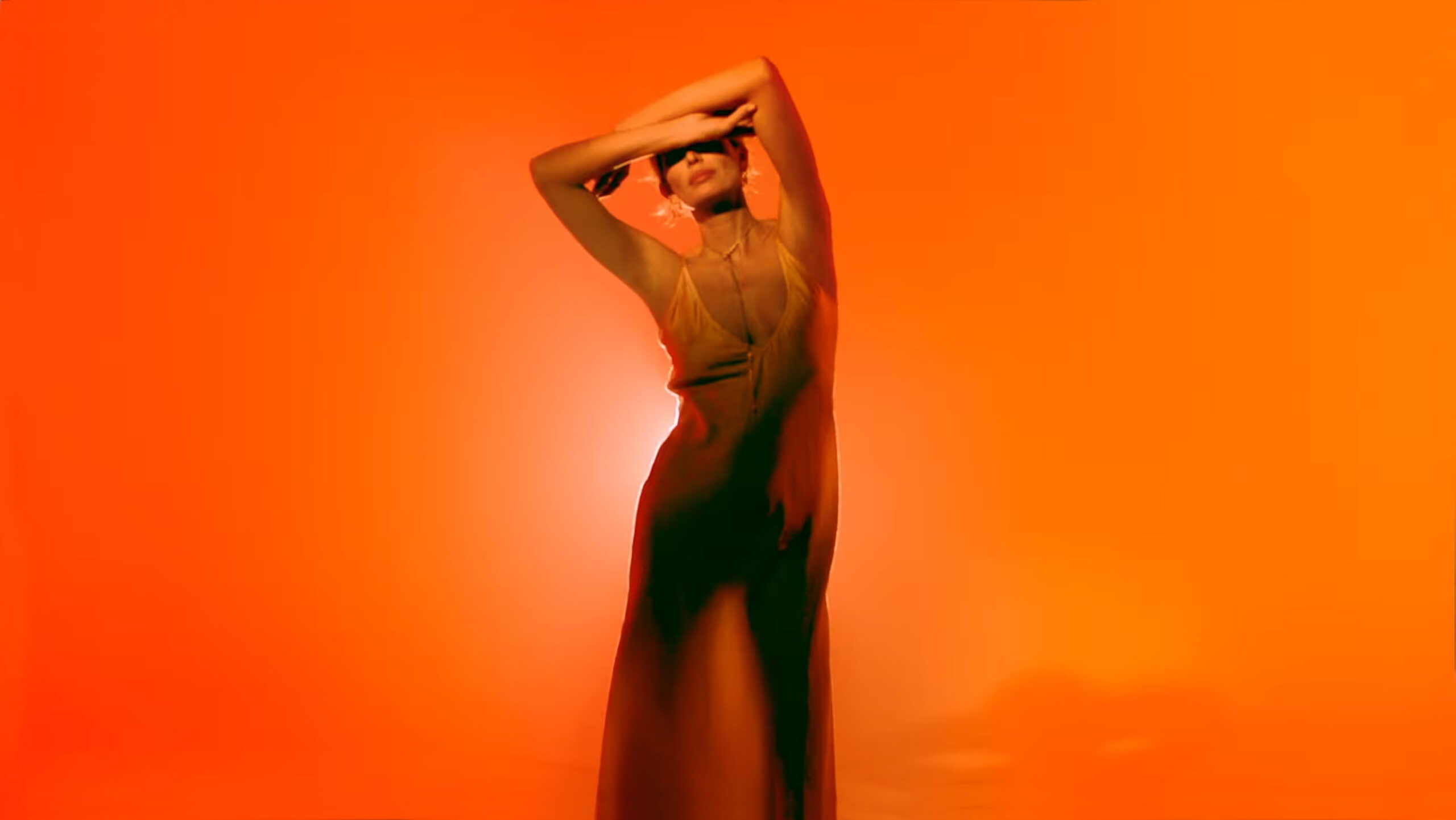
The Influence of Color Grading on Viewer Perception
Color grading plays a crucial role in film and video production. It influences how audiences interpret and emotionally connect with content. The technique involves modifying hues, saturation, and contrast to change viewers’ impressions of mood, atmosphere, and spatial perception. This manipulation offers filmmakers the chance to alter reality, focus on specific colors, and use color psychology for nuanced storytelling.

Top Factors to Consider When Hiring a Film Colorist: A Comprehensive Guide
In the dynamic landscape of film production, the influence of a film colorist is frequently underrepresented, yet holds significant implications for the overall aesthetic and emotive quality of a project. The colorist’s role lies in the meticulous balance between technical proficiency and artistic perceptiveness, instrumental in breathing life into a director’s vision. However, choosing a film colorist demands careful deliberation, founded on a multi-faceted evaluation of their skills, experience, and uniqueness of perspective. This article aims to shed light on the critical factors to contemplate in your selection process and provides a roadmap to hiring a film colorist who aligns with your requirements and creative goals.

Unlocking the Psychology of Color: A Comprehensive Guide for Film Directors on Leverage Color Grading
The artistry of film-making is about more than just capturing a compelling story or brilliant performances; it is about employing a treasure trove of visual cues to communicate emotion, create atmosphere, and guide the viewer’s attention. One of the most powerful, yet subtle tools in a film director’s kit is color. The psychology of color, deeply rooted in our human perception and cultural associations, can be skillfully used by film colorists to solidify the overall narrative and specific thematic elements of a film.

Color Correction vs Color Grading: Understanding the Key Differences
In the realm of filmmaking, understanding when to employ color correction and color grading is pivotal to the creation of visually engaging and artistically consistent content. These two post-production processes, while often used interchangeably, serve distinct roles in refining the visual aesthetic of a film. Grasping their unique contributions as well as their interconnection can boost a director’s ability to communicate effectively through the medium of film.

Exploring the Role of a Film Colorist: A Complete Overview for Directors
As a film director, the creation and delivery of a cinematic masterpiece entail more than just impactful storytelling, compelling actors, and high-tech equipment. One integral yet often overlooked component of the filmmaking process is color grading—a complex art form that, when executed well, can bring a film to life and aids immensely in storytelling. This discipline is expertly handled by the film colorist.

How a Film Colorist Transforms your Narrative: From Ordinary to Extraordinary
As a film director, you are in charge of crafting a engaging narrative, managing every tiny screen detail. Have you considered the impact a Colorist could have on your storytelling? If not, you're set to uncover a valuable tool in filmmaking that you may not have been aware of.
